
Change Does Not Have to be Wholesale
15th October 2020
how the processes behind the data team evolved
by Akkash Purani, Senior Improvement Data Analyst
Following on from the story of how internal communication with the QI Department was streamlined, the Data sub-team took this further and began working on their own internal system for communication and standard processes.
With a new starter joining the data team in June 2020, this was an opportunity to refresh the internal communication and to create a more friendly and intuitive system which ensured that the team was on the same page.
The QI Department has always been fond of using Trello to manage workload and actions and the data team is no different, with a separate trello board to manage processes and progress on actions assigned to everyone in the team. Similar to the confusion that can arise in using Microsoft Teams when deciding whether to use a chat or a channel to provide updates, the data team needed to decide between using MS Teams to provide updates on the progress of tasks or to use Trello for this. In order to keep conversations in one place, it was decided to use Trello. This makes it easier to refer to actions and feedback comments on a Trello card, compared to having to scroll to find these in a MS Teams conversation or chat. Links to SharePoint files are also kept within these cards for ease of access.
The next step after this decision was to make changes to the Trello board. Features of Trello, such as labels and covers were used to categorise and align cards to priorities. A new column for the Key (Figure 1) was created and only one label remained: Priority. It was important for the data team to identify which tasks were high priority, so that there is appropriate focus on the progress of assigned tasks during team meetings.
The next step was for the data team to start creating process maps for all their standard processes and approval mechanisms. Thanks to the QI Department’s Tech Champions, a learning session was conducted on Flow Charting Tools, which were used by the data team to create these process maps. This will help to identify areas for improvement within the processes and to get a deeper understanding of the processes themselves which may have become business as usual, but are in themselves a complicated process, such as Life QI access and registration (Figure 2 below). This is an example of Daily improvement – where improvement tools are used outside of a formal QI project.
The creation of process maps for each process will also help to provide clarity as you can show and get approval for the process from others within the department who are also involved in the process. This can help create accountability for tasks and actions, which have been previously agreed in the process map. They also help to ensure that everyone is on the same page.
The data team is currently developing more process maps for different workstreams. Once a process map has been completed for a process, and approved as the final version, a screenshot of the process map is added to the relevant Trello card. This makes accessing the process maps easy and part of our daily routines.
This goes to show that change doesn’t have to be wholesale. Sometimes, tweaks to already existing processes can lead to effective changes. In this case, the changes to how trello was being used.
Recommendations for streamlining internal communication
- Engage your whole team in the discussion so that everyone can agree the best way to proceed
- Create a document to highlight the new internal system – this is very helpful for new starters in your team
- Create process maps for all team processes. This can help ensure accountability for tasks and actions
- Ensure that if processes are changed in any way, that the process maps are updated to reflect the changes
- Do research into tools that you may wish to use to help you with managing the flow of work, e.g. Trello
- Review often (e.g. every month or two months) how you think the new system is working and whether any changes need to be made
Most Read Stories
-
Why is Quality Control important?
18th July 2018
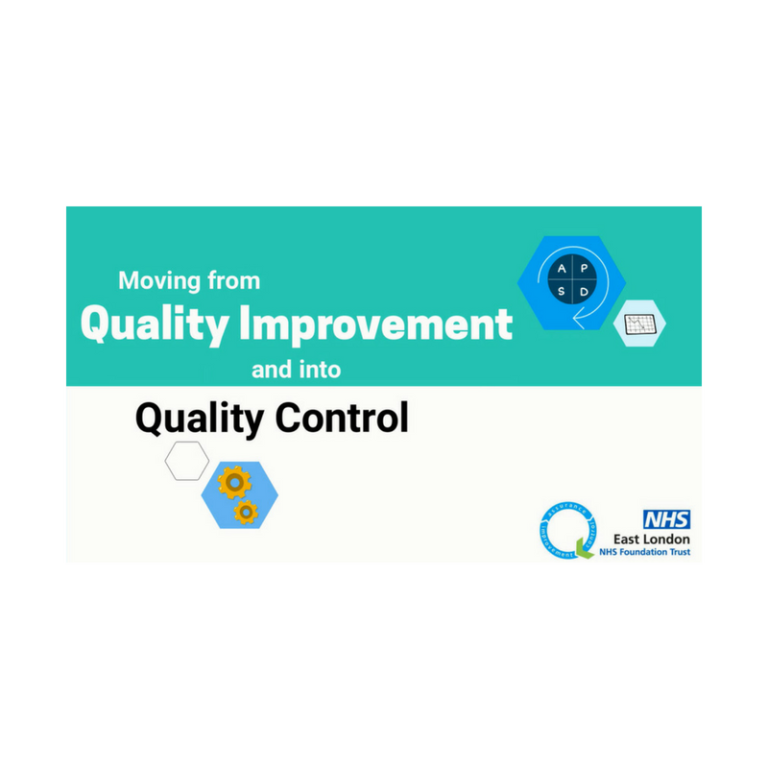
-
An Illustrated Guide to Quality Improvement
20th May 2019
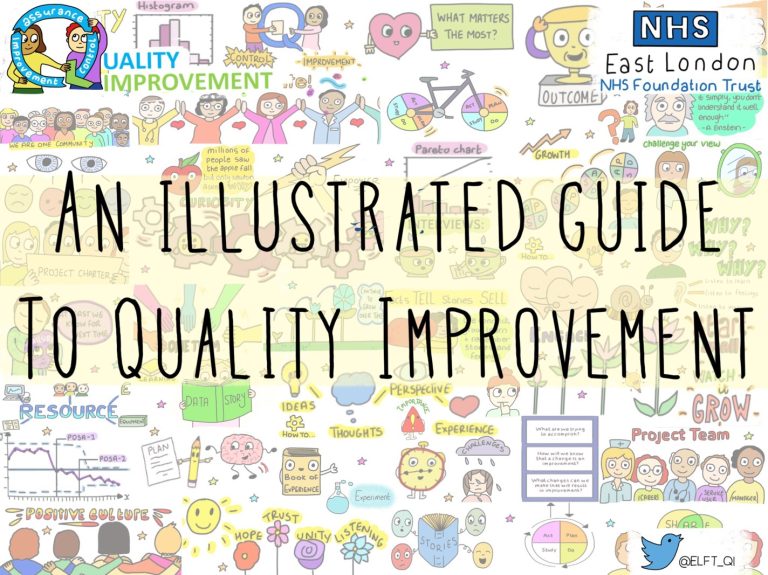
-
2016 QI Conference Poster Presentations
22nd March 2016
-
Recognising Racism: Using QI to Help Take Action
21st January 2021
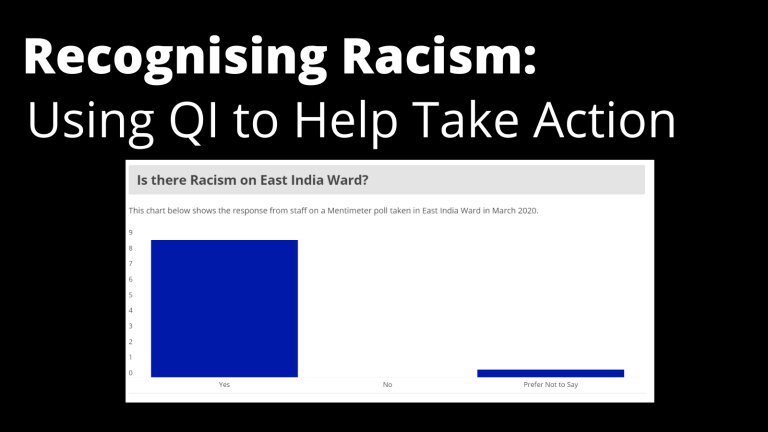
-
Using data enabled us to understand our problem
31st March 2023
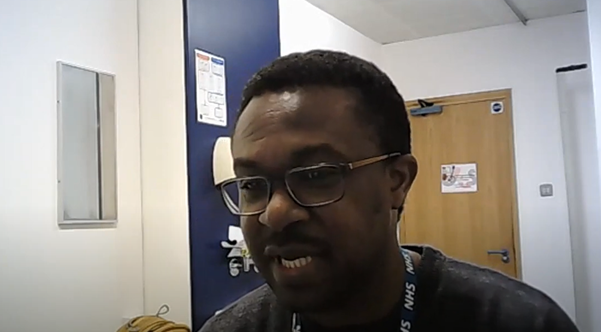
-
QI Essentials: What does a Chief Quality Officer do?
18th March 2019

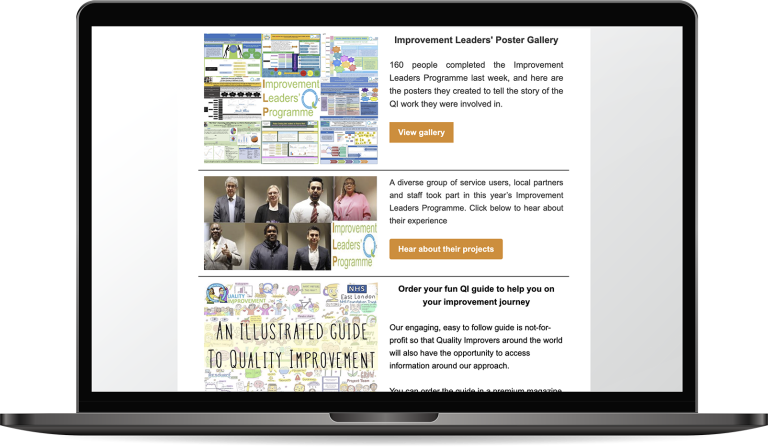
Follow QI on social media
To keep up to date on the latest concerning QI at ELFT, follow us on our socials.




